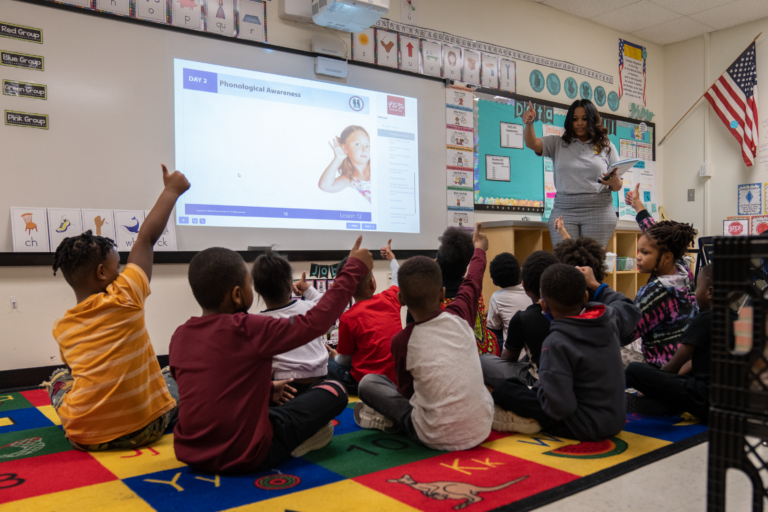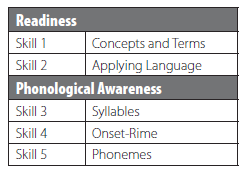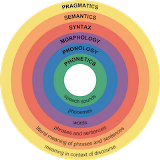Phonological Processes and Awareness

Phonological processes and awareness are foundational skills upon which all of the other essential reading components are built. These critical skills are often misunderstood. Lack of success in phonological awareness affects progress in the other essential reading components. Here’s a brief overview about why it is critical to teach Phonological Awareness explicitly.
Why Teach Phonological Awareness?
Phonological awareness is complex and it is often one of the most confused components of the five essential elements of reading: phonological awareness, phonics, vocabulary, fluency, and comprehension. In far too many classrooms, phonological awareness lessons are combined with phonics or skipped altogether in the early grades. A student’s lack of phonological awareness surfaces in higher grade levels as they struggle with accuracy, fluency, decoding and spelling. These deficiencies accentuate the importance of developing phonological awareness skills in the early elementary grades, K-2.

Phonological Awareness Addresses Five Main Skills
The Readiness skills, shown on the chart, are not phonological processes. They provide mastery in terms and concepts that are used in phonological awareness instruction and prepare students for instruction in phonological awareness. Skills 3-5 include the three areas of phonological awareness—these are most effective when teachers provide explicit small group and whole class instruction to develop a student’s awareness of the phonological units at the syllable, onset-rime, and phoneme level. Each skill is taught through a series of systematic instructional procedures.
A phoneme is the smallest unit of sound in words. In order for students to spell and decode text accurately and fluently, they must be skilled at isolating the individual sounds within words. Isolating sounds in words can be challenging for many children. Students who are unable to fluently identify and manipulate the phonemes in words are most likely to require reading remediation.
The concepts underpinning phonological awareness are often misunderstood. Some teachers consider phonological awareness and phonics to be one and the same, and they teach them concurrently. Phonological awareness involves the sounds of the language. Phonics is the instruction of letter-sound correspondence and highlights the association between the sounds in speech and letters used to spell each sound.

Phonological Awareness Skills are Sequentially Developed
Phonological awareness skills develop along a continuum. It is most effective to teach phonological processes in a sequential order from easiest to most complex. This skill sequence can also be used in diagnostic screening. To successfully learn each new skill, the previous skill must be mastered.
95 Percent Group’s Advanced Phonological Awareness Continuum provides a suggested sequence for developing phonological awareness skills that are highly predictive for future reading success. Download it today.



